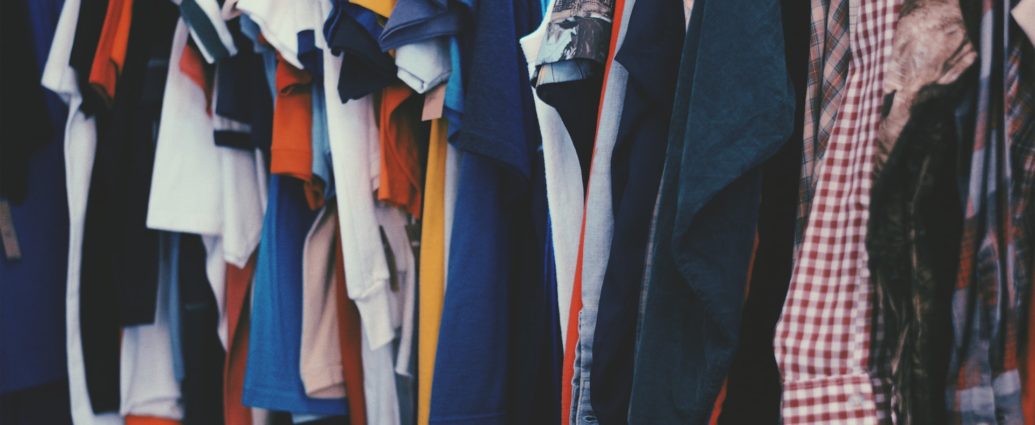Maddy Burgess
In the UK, 300,000 tons of clothes go to landfill each year which is equivalent to £12.5 billion worth of clothing. Meanwhile we don’t even wear 73% of the clothes we have in our wardrobe.
On the other end of the scale, while some of us are enjoying a new outfit for every event, 5.5 million adults are going without essential clothing. Children are going to school with unwashed uniforms and adults are struggling to afford appropriate wear for an interview, which only leads to further problems with their mental health and can impact their overall confidence.
It’s becoming a human rights issue, especially with the current cost of living crisis the UK is facing, plunging more and more people into poverty. Clothing prices have risen by 11%, making it more and more difficult for people to get this essential right to clothing.
“People can’t tell whether you’ve eaten, but they can tell what you’re wearing.”
Thursday 9th June 2022 is UK Clothing Poverty Awareness Day. The Sharewear Clothing Scheme believes that the Right to Clothing should have equal status in UK law as other rights such as the right to food and the right to shelter. They are a charity aiming to eliminate poverty and provide clothing for those who are struggling. Sharewear is launching the #RightToClothing campaign this year and encouraging people to share it on their social media platforms.
Louise Cooke, the CEO of Sharewear, told the Guardian: “The problem is that if you don’t have decent clothing, you can’t access the services that will help you. Your mental health can spiral out of control. People can’t tell whether you’ve eaten, but they can tell what you’re wearing.”
This is your sign to clear out your wardrobe and donate any clothing you don’t wear. I know from personal experience that it’s tempting to hold on to something and think to yourself, “Oh but I’ll wear it one day”. In reality, you probably won’t. A good rule when clearing out is to get rid of anything you haven’t worn in the last year. No ifs, no buts.
You should keep clothes that can be worn in multiple outfit combinations, basics such as a simple white shirt. You can make your clothing go a long way if you really try. When you do buy new clothes, only buy what you need and shop sustainably. Realistically, you don’t need a new outfit for every outing.
“To help combat clothing poverty, you can donate clothes you no longer need to charities such as Sharewear, or any other charity shop.”
Sustainable shopping can be hard, and expensive, so there’s no shame in only doing what you can. If you can’t afford to shop sustainably that is okay, as long as you’re not over-buying things that you don’t need. Buying a piece of clothing from Shein and keeping it for years and wearing it over and over is still sustainable if it’s not possible for you to buy only from sustainable retailers.
To help combat clothing poverty, you can donate clothes you no longer need to charities such as Sharewear, or any other charity shop. The only issue with some charity shops is that it’s become a trend for Depop resellers to buy the best pieces from charity shops and resell them for way more. This is adding to the problem as it’s taking away charity shops and clothing from people who need them.
Finally, try to relieve the pressure of keeping up with trends. You don’t need something just because everyone else does, it’s much more rewarding to embrace your own personal style and find out what you really like. Marble print was all in a few months ago and now it’s seen as tacky. In 2022 trends seem to be coming and going faster than ever, and it’s only making clothing poverty worse.
Featured image courtesy of Nick de Partee via Unsplash. Image license found here. No changes were made to the image.

